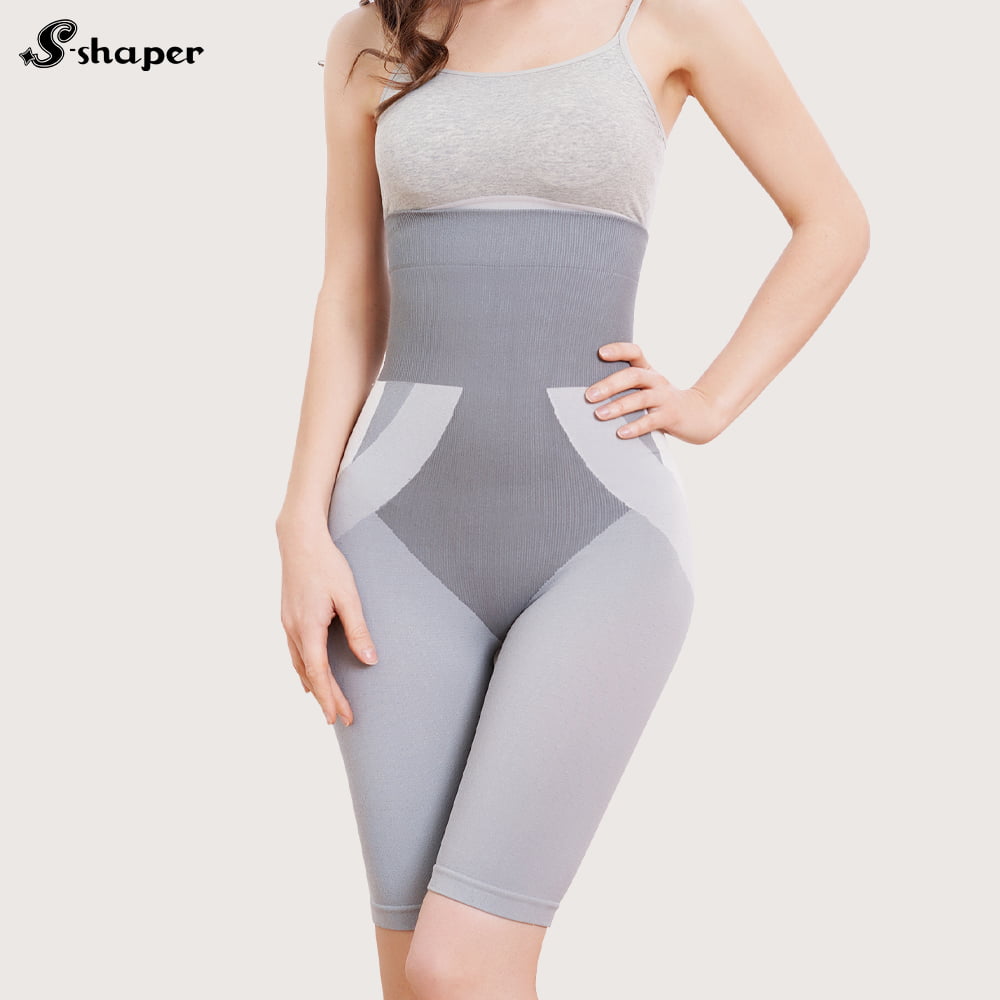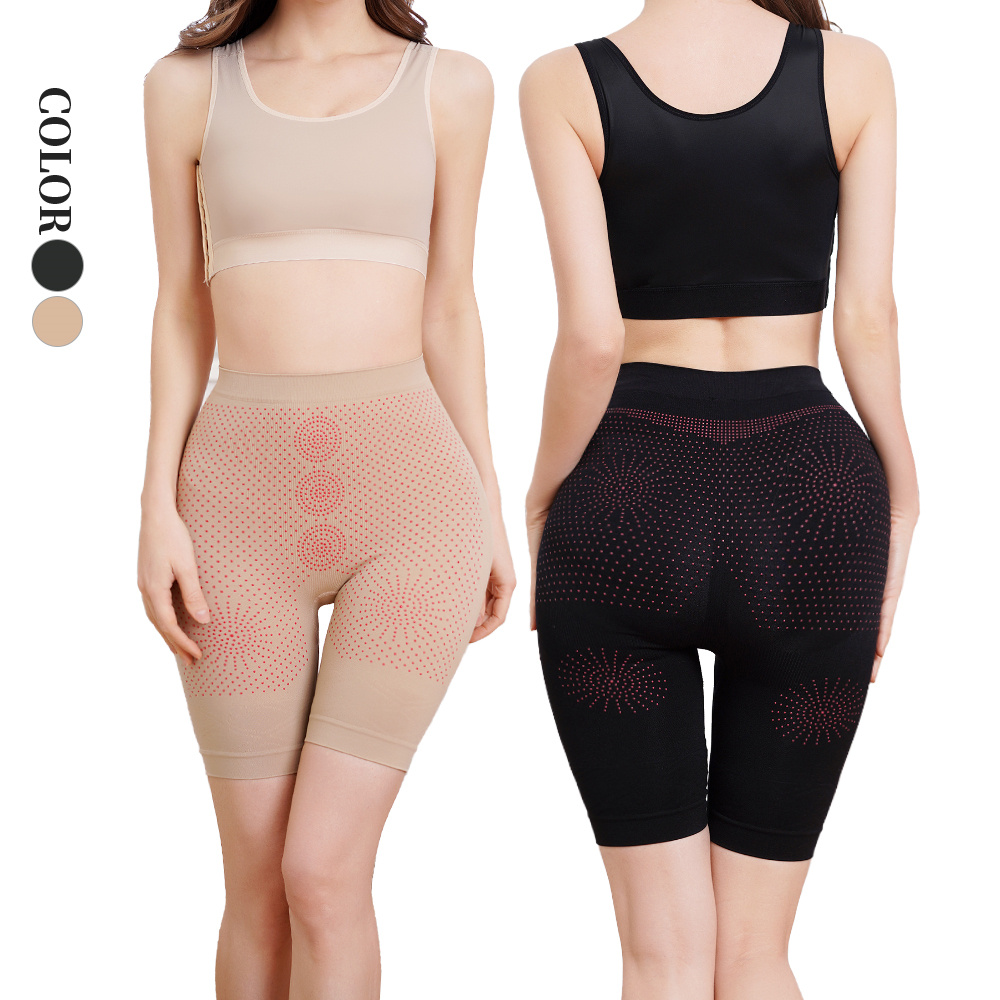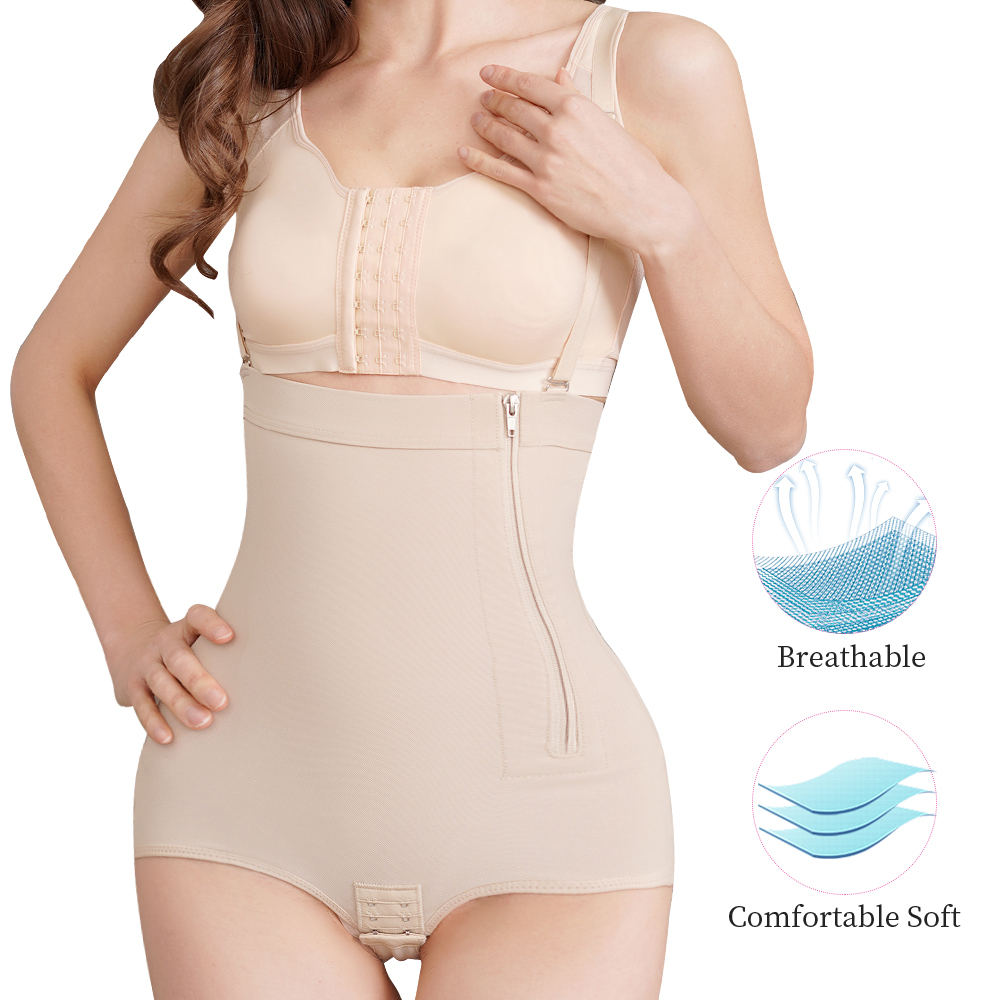Wholesale Shapewear Success: Essential Tips for Import & Export
The global shapewear market is booming, with projections showing no signs of slowing down. This presents a lucrative opportunity for businesses looking to capitalize on the increasing demand for these sought-after garments. However, venturing into the world of wholesale shapewear import and export requires more than just a keen eye for quality and a knack for identifying profitable trends. Navigating the complexities of international trade regulations, ensuring compliance with both your country’s export laws and the import requirements of your destination market, can feel like navigating a labyrinth of paperwork and legalities.
Fear not! This comprehensive guide will equip you with the essential knowledge and practical insights to confidently navigate the world of wholesale shapewear import and export, ensuring a smooth and compliant journey from sourcing to delivery.
Why Compliance is Non-Negotiable: Protecting Your Business & Your Bottom Line
Before we delve into the specifics of import and export regulations, it’s crucial to understand why compliance is non-negotiable, not just a box to be ticked. Failing to comply with international trade laws can lead to:
- Shipment Delays & Seizures: Imagine eagerly awaiting a large shipment of shapewear, only to have it held up at customs indefinitely. Non-compliance with even seemingly minor regulations can lead to costly delays, jeopardizing your inventory planning and potentially damaging relationships with your buyers. In more serious cases, shipments can be seized altogether, resulting in significant financial losses.
- Fines & Penalties: International trade regulations are backed by the force of law, and non-compliance can result in hefty fines and penalties. These financial repercussions can severely impact your profit margins and, in some cases, even threaten the viability of your business.
- Reputational Damage: Building a strong reputation as a trustworthy and reliable importer or exporter is paramount in the global marketplace. Non-compliance issues, even if resolved, can tarnish your brand image, making it challenging to secure partnerships with reputable suppliers and buyers in the future.
Decoding the Import & Export Maze: Key Regulations for Wholesale Shapewear
The specific regulations governing the import and export of shapewear can vary significantly depending on the countries involved and the specific materials and components used in the garments. However, some common areas of regulation apply broadly across the board:
1. Product Classification & Harmonized System (HS) Codes:
- Accurate Classification is Key: The Harmonized System (HS) is an internationally standardized system of names and numbers used to classify traded products. Accurately classifying your shapewear using the correct HS code is crucial for determining applicable tariffs, duties, and import restrictions.
- Shapewear Classification: Shapewear often falls under HS Code categories related to garments, foundation garments, or articles of apparel. However, the specific code can vary depending on factors such as the garment’s material composition, intended use, and design features.
- Seek Expert Guidance: If you’re unsure about the correct HS code for your shapewear products, it’s highly recommended to consult with a customs broker or trade expert in your country. They can provide accurate classification guidance based on the specific details of your products.
2. Tariffs & Duties: Understanding the Costs of International Trade
- Tariffs: Taxes on Imports: Tariffs are taxes imposed on goods imported from other countries. Tariff rates vary widely depending on the product, its origin country, and any existing trade agreements between the importing and exporting countries.
- Duties: Calculated on Value & Tariffs: Customs duties are calculated based on the value of the imported goods and the applicable tariff rate. Understanding the tariff classifications and duty rates for shapewear in your target market is essential for accurate cost calculations and pricing strategies.
- Trade Agreements & Preferential Tariffs: Some countries have free trade agreements or preferential trade arrangements that offer reduced tariff rates or duty-free access for certain goods. Researching these agreements can potentially lead to significant cost savings for your business.
3. Import Documentation: Paperwork is Paramount
- Commercial Invoice: A detailed commercial invoice is a fundamental document required for all international shipments. It provides a comprehensive description of the goods being traded, including the quantity, value, weight, and HS code.
- Packing List: A packing list complements the commercial invoice by providing a detailed breakdown of the contents of each package or shipping container. It lists the individual items, quantities, and their respective weights and dimensions.
- Bill of Lading (BOL): The bill of lading is a legal document issued by the carrier (shipping company) that serves as a contract of carriage between the shipper (exporter) and the carrier. It also acts as a receipt for the goods and a document of title.
- Certificate of Origin (CO): The certificate of origin verifies the origin of the goods being exported. It’s often required to qualify for preferential tariff treatment under free trade agreements or to comply with specific import regulations in the destination country.
4. Labeling Requirements: Ensuring Compliance with Destination Market Regulations
- Country-Specific Labeling: Most countries have strict labeling requirements for textile and apparel products, including shapewear. These regulations often dictate the language used on labels, required information such as fiber content and care instructions, and specific formatting guidelines.
- Safety & Consumer Protection: Some countries have additional labeling requirements related to safety standards, flammability regulations (especially for shapewear containing specific materials), or consumer protection laws.
- Research & Collaboration: Thoroughly research the labeling requirements for shapewear in your target market. Collaborate closely with your manufacturer to ensure your products are labeled correctly, minimizing the risk of delays or compliance issues at customs.
5. Intellectual Property Rights: Protecting Your Brand & Designs
- Trademarks & Design Patents: If you’re importing or exporting shapewear under your own brand, it’s crucial to protect your intellectual property rights. Registering trademarks for your brand name and logo, as well as securing design patents for unique shapewear designs, provides legal protection against infringement.
- Contracts & Agreements: When working with manufacturers or suppliers, establish clear contractual agreements that outline intellectual property ownership, usage rights, and any licensing agreements to safeguard your brand and designs.
- Enforcement & Vigilance: Actively monitor the marketplace for potential infringements of your intellectual property rights. Take swift action to address any unauthorized use of your trademarks or designs to protect your brand’s integrity.
Navigating the Compliance Landscape: Expert Tips for Success
- Partner with Experts: Don’t underestimate the value of expert guidance. Engage the services of a qualified customs broker or international trade consultant. Their expertise in navigating the complexities of import and export regulations can save you time, money, and potential headaches.
- Stay Informed & Updated: International trade regulations are constantly evolving. Stay abreast of any changes in regulations, tariff classifications, or labeling requirements that might impact your business. Subscribe to industry newsletters, follow relevant government agency updates, and consult with your customs broker regularly.
- Build Strong Relationships: Cultivate strong relationships with your suppliers, manufacturers, and logistics providers. Open communication, transparency, and mutual understanding of compliance requirements are essential for a smooth and successful import/export process.
- Embrace Technology: Leverage technology to streamline your compliance efforts. Utilize online resources, customs brokerage software, and trade management platforms to automate processes, track shipments, and ensure accurate documentation.
Import & Export Documentation: A Quick-Reference Guide
| Document | Purpose | Issued By |
|---|---|---|
| Commercial Invoice | Detailed description of goods, including value, quantity, and HS code | Exporter (Seller) |
| Packing List | Itemized list of contents in each package, including weight and dimensions | Exporter (Seller) |
| Bill of Lading (BOL) | Contract of carriage between shipper and carrier, receipt of goods, document of title | Carrier (Shipping Company) |
| Certificate of Origin (CO) | Verifies the origin of the goods | Chamber of Commerce or authorized body in exporting country |
| Import License (if required) | Authorization to import specific goods into a country | Government agency in importing country |
| Other Potential Documents | May include insurance certificates, inspection certificates, or other specialized documents depending on the specific goods and destination country requirements | Relevant authorities or agencies |
Seizing the Opportunity: Global Shapewear Success Through Compliance
Venturing into the world of wholesale shapewear import and export might seem daunting at first, but with the right knowledge, strategic planning, and a commitment to compliance, it’s a highly achievable and incredibly rewarding endeavor. By understanding the key regulations, partnering with experienced professionals, and staying informed about the ever-evolving landscape of international trade, you can confidently navigate the complexities, avoid costly pitfalls, and unlock the immense potential of the global shapewear market.
Why Choose S-SHAPER as Your Trusted Partner in Wholesale Shapewear Import & Export?
Navigating the intricate world of international trade compliance can feel overwhelming, but it doesn’t have to be. At S-SHAPER, we’re not just wholesale shapewear manufacturers; we’re your dedicated partners in navigating the complexities of import and export, ensuring a seamless and compliant journey every step of the way.



Here’s how S-SHAPER empowers your global success:
- Compliance Expertise: Our team possesses in-depth knowledge of international trade regulations, ensuring your shapewear products are classified correctly, labeled accurately, and accompanied by all necessary documentation.
- Seamless Logistics: We handle the logistics of shipping and documentation, leveraging our strong relationships with reputable freight forwarders and customs brokers to ensure timely and hassle-free delivery to your destination.
- Dedicated Support: Our dedicated support team is always available to answer your questions, provide guidance on specific regulations, and address any concerns you might have throughout the import/export process.
- Peace of Mind: With S-SHAPER as your trusted partner, you can focus on what you do best – growing your business – with the confidence that your wholesale shapewear import and export operations are in expert and compliant hands.
Let S-SHAPER be your trusted guide in the world of wholesale shapewear import and export. Contact us today to discuss your sourcing needs and experience the difference that expertise and unwavering support can make.
Share This Post:
Table of Contents
Most Popular


Sweat Shorts Factory in South America for Gymwear Startups

Sauna Belt Manufacturer in South America for Health & Wellness Brands

Wholesale Shaping Panty Factory in South America for Beauty Clinics
Get in touch with us
Related Posts

Arm Sleeves Manufacturer in South America for Sports Apparel Distributors
1. Why South America is Emerging as a Hub for Arm Sleeves Manufacturing In recent years, South America has become a strategic manufacturing base for sportswear, particularly performance accessories like

Sweat Shorts Factory in South America for Gymwear Startups
1. Why South America is Emerging as a Gymwear Manufacturing Hub South America is rapidly gaining recognition as a strategic location for gymwear and activewear manufacturing — including sweat shorts

Sauna Belt Manufacturer in South America for Health & Wellness Brands
1. Why Health & Wellness Brands Are Investing in Sauna Belts The health and wellness industry is booming globally, and sauna belts have emerged as a top product in the

Wholesale Shaping Panty Factory in South America for Beauty Clinics
1. Why Beauty Clinics are Turning to Wholesale Shaping Panty Suppliers In recent years, beauty clinics have evolved beyond skincare and cosmetic procedures to offer lifestyle-enhancing products. One of the






